The Importance of CPR: Why Quick Action Saves Lives
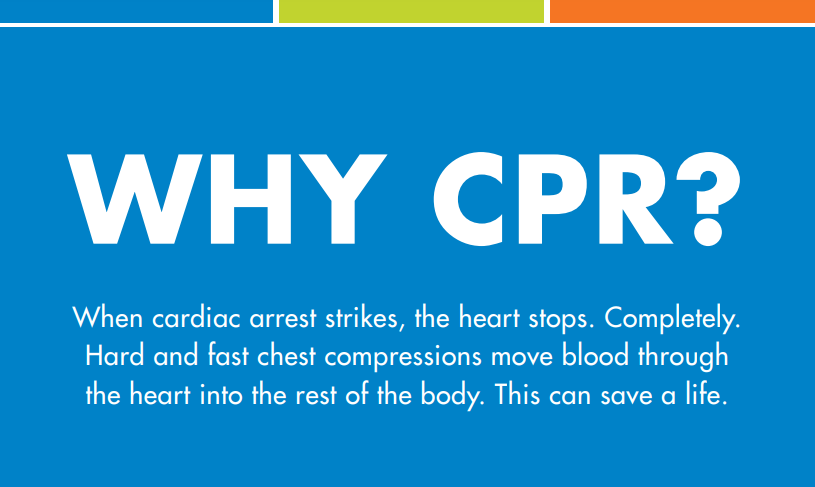
This document explores the critical role CPR plays in increasing survival rates during cardiac emergencies. It provides detailed insights into the benefits of early intervention, the science behind CPR, and why everyone should be equipped with this life-saving skill.
WHY CPR?
When cardiac arrest strikes, the heart stops. Completely. Hard and fast chest compressions move blood through the heart into the rest of the body. This can save a life.

TIME IS CRITICAL
For every minute that passes without CPR or a defibrillating shock, the probability of survival drops by about 10%.
So start CPR and get the AED as quickly as possible!
Probability of Survival WITHOUT CPR

CPR ALONE CAN MAKE A DIFFERENCE
Start chest compressions immediately. Even without an AED, high-quality CPR radically improves the chances of survival from cardiac arrest. The probability of survival drops by only 4% every minute if you continue delivering high-quality CPR. With high-quality CPR, after 10 minutes, the chances of survival increase to 60%, even without an AED.
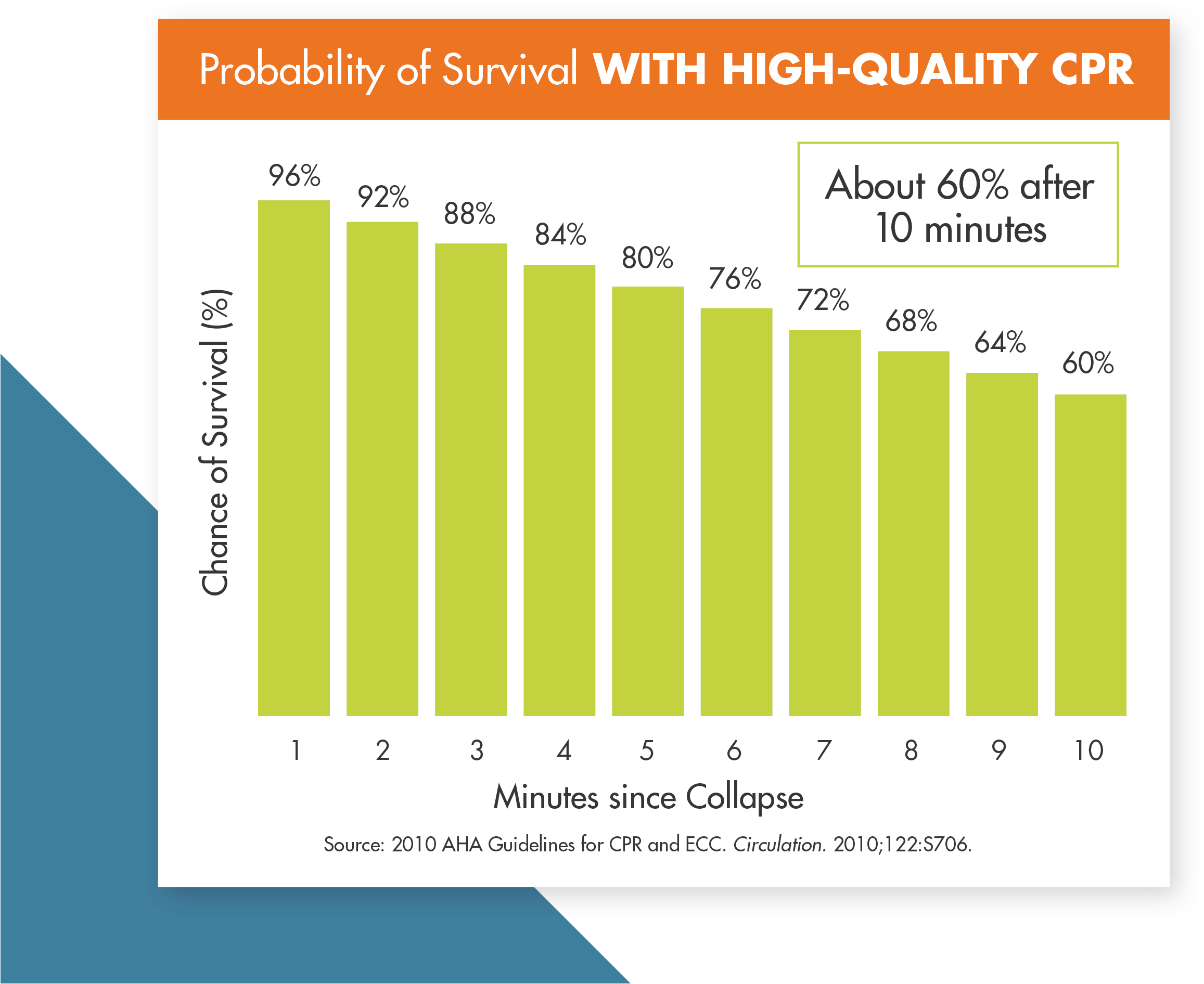
CPR CIRCULATES BLOOD TO THE BRAIN
By circulating blood, CPR helps preserve the brain and other vital organs. It can also play a significant role in the survivor’s quality of life post-recovery.
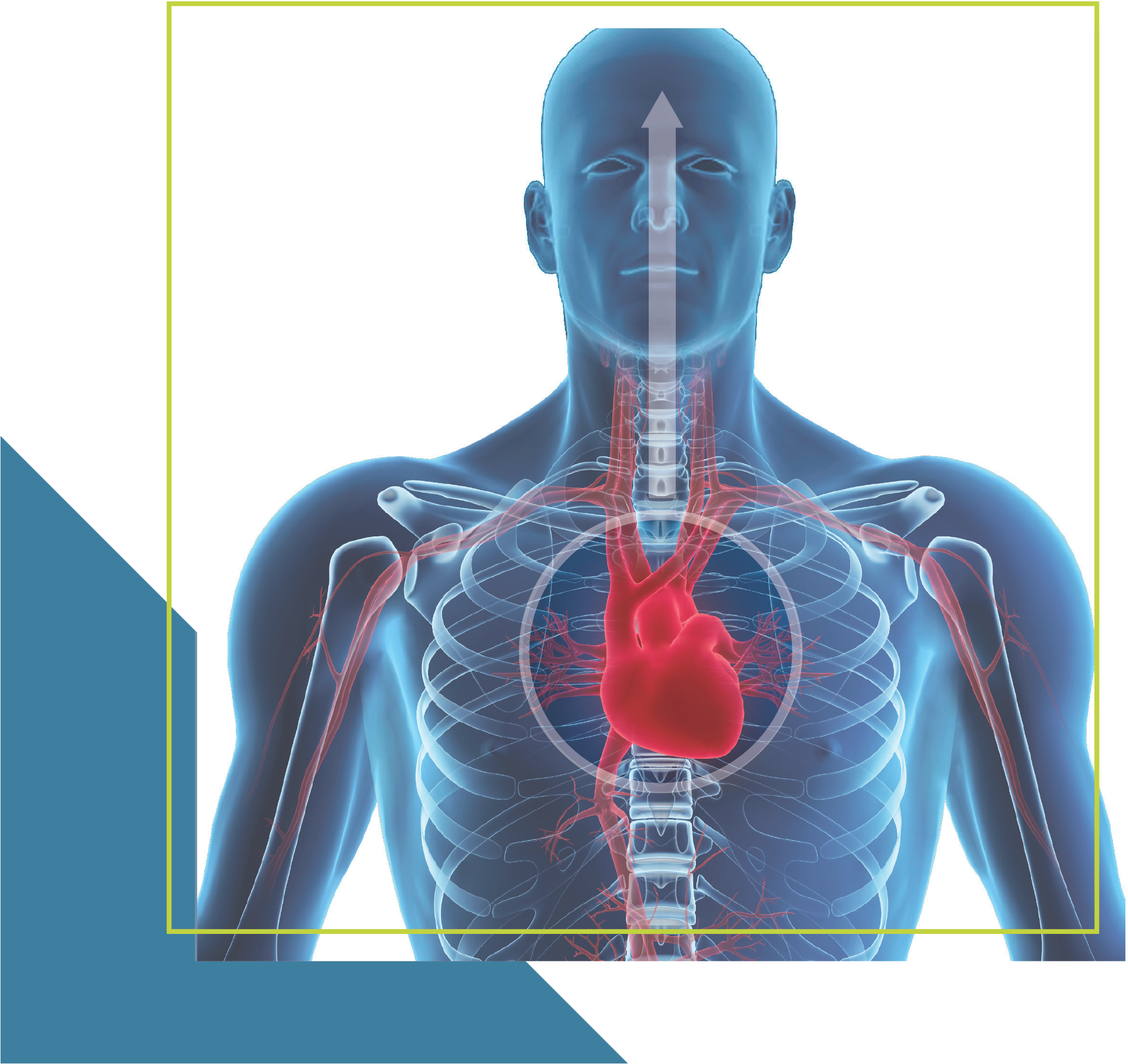
CPR MOVES BLOOD THROUGH THE HEART TO THE HEART
CPR moves blood through the heart, which is critical immediately following a defibrillating shock.
A shock does not restart the heart — it stuns it. This enables the heart’s own electrical pacemakers to reorganize and restore a natural heartbeat.
As the heart’s electrical system reorganizes, the heart struggles for blood. By moving oxygenated blood through the heart, CPR provides critical help to the heart muscle and reduces the potential for damage.
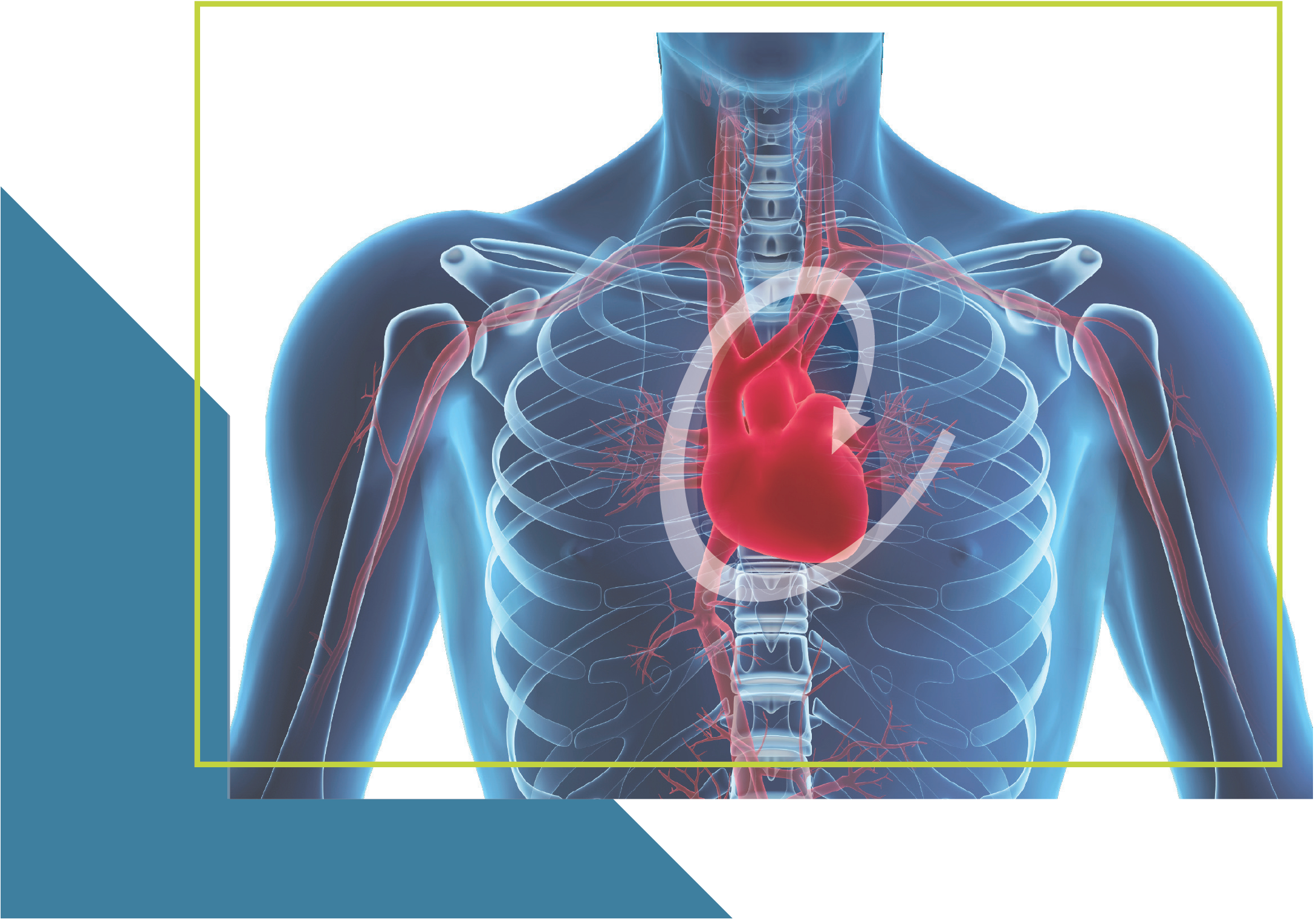
CPR EVACUATES BLOOD FROM THE ENLARGED HEART
After four minutes without CPR, the arteries have quit, but the veins continue delivering blood to the heart. This enlarges the heart’s volume by about 50% — which makes a shock ineffective because the heart is too full of blood to resume pumping. Chest compressions are critical at this point as they can restore the heart’s normal volume and enable a shock to work. After four minutes, a cardiac arrest victim will always require CPR before a shock is delivered.
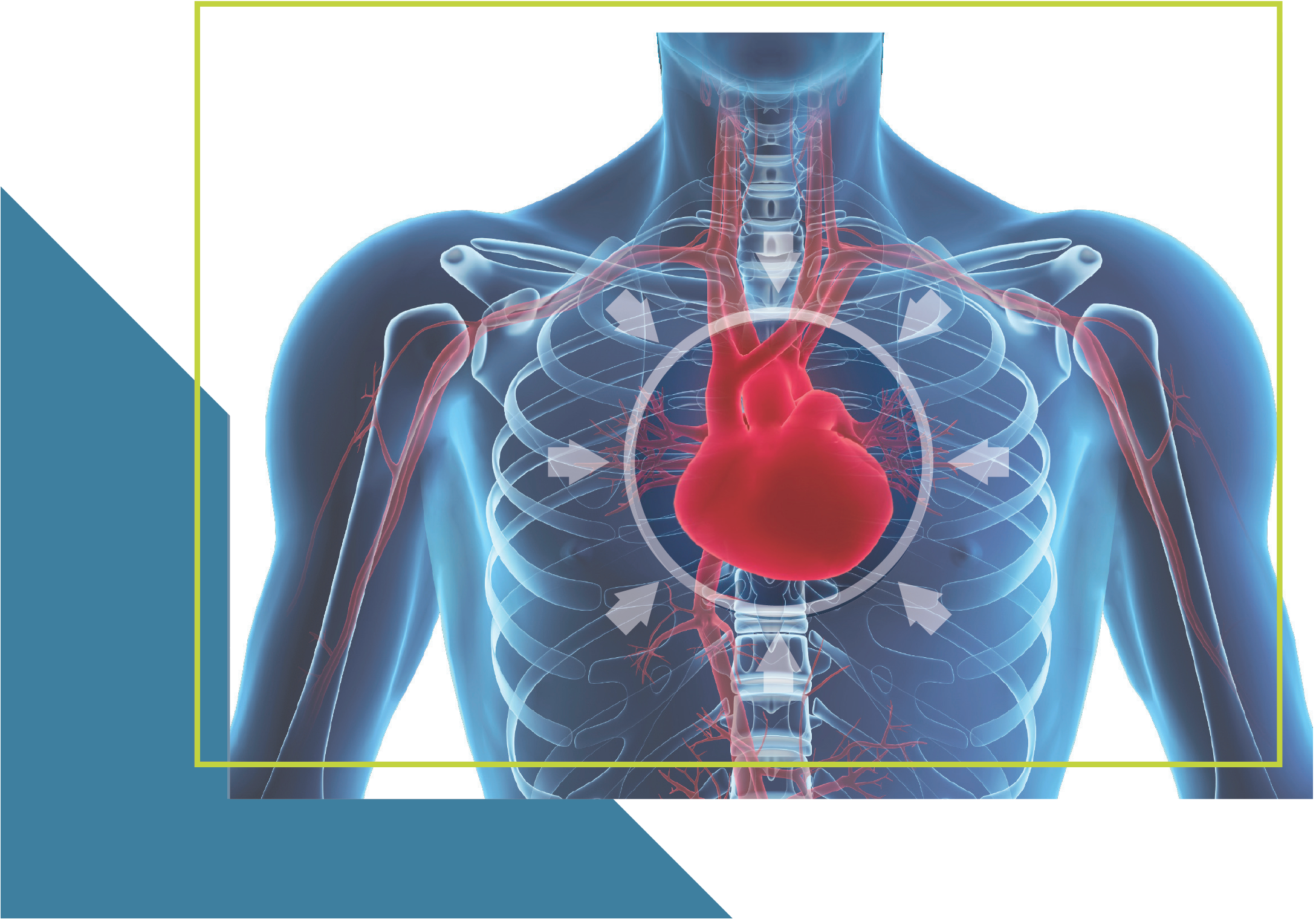
IF YOUR AED SAYS:
NO SHOCK ADVISED
An AED will advise a shock only if it detects a shockable heart rhythm, and CPR is critical to establishing a shockable rhythm. Without high-quality CPR, the likelihood of a successful shock is greatly diminished.
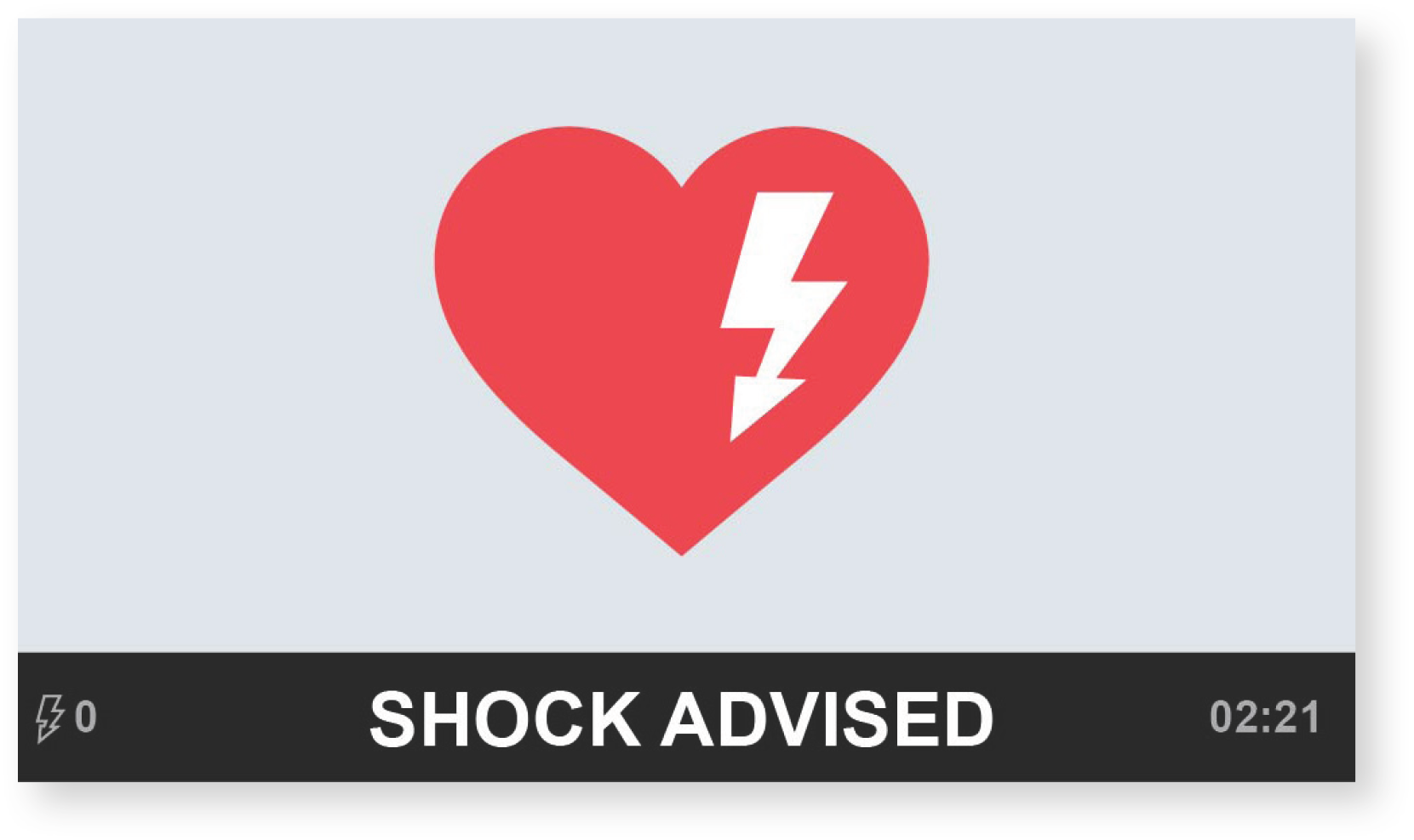
SHOCK ADVISED
If the AED detects a shockable rhythm, it will provide a defibrillating shock. This stops the abnormal electrical activity and allows the heart the chance to resume a normal rhythm. CPR will still be needed to help the heart recover, so it is important to resume compressions after the shock is delivered.
TO PERFORM HIGH-QUALITY, HANDS-ONLY CPR:
- Push hard and fast in the center of the victim’s chest
- Maintain a compression depth of 2 to 2.4 inches
- Allow full recoil of the chest between compressions
- Perform 100 to 120 compressions per minute
- Administer continuous CPR with minimal interruptions (pauses >10 seconds if possible)
Any CPR is better than no CPR, but aim for high-quality CPR.
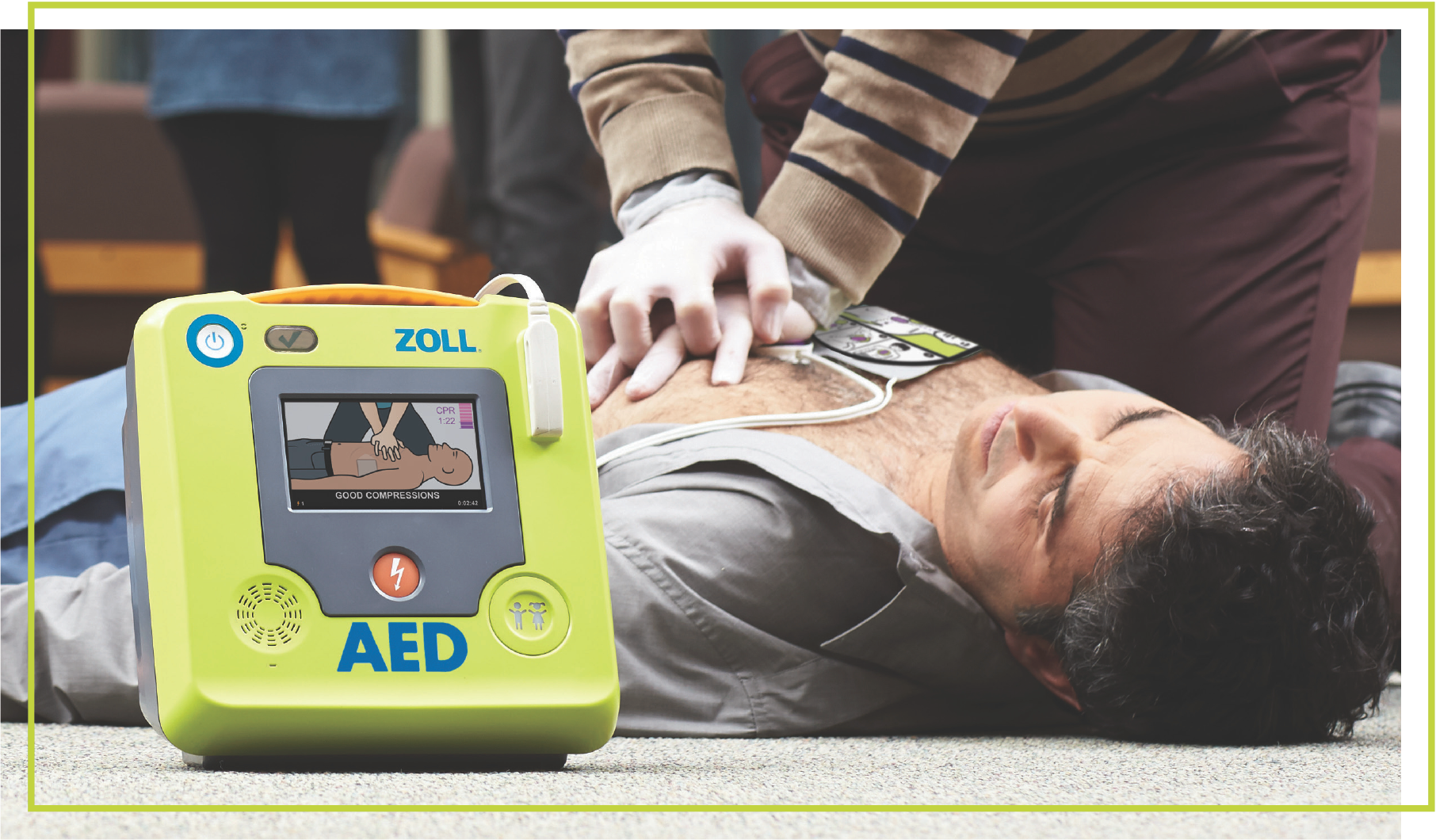
All ZOLL® AEDs include integrated, real-time CPR feedback technology developed to meet the recommended guidelines of the AHA and ERC.
To learn more visit zoll.com/aeds


